Caen - Home of William the Conqueror
![]()
It was now time to embark on our pilgrimage to the important sites and museums of the D-Day Invasion. We traveled by bus from LeHavre to Caen, a city on the River Orne in Lower Normandy, and settled into a nice studio apartment! The Caen of the present is a lively, youthful place with its large student population of 25,000. Our apartment was at the edge of the campus so we felt surrounded by people under thirty!
We began our pilgrimage with a visit to the 'Caen Memorial, the Center for History and Peace' where we quickly immersed ourselves in the panorama of the European War that evolved into a World War, and finally a Total War, in which "all belligerents concentrate all human means and equipment to achieve final victory". As we walked through the exhibit halls, reading the documentation and viewing the images and articles, we were drawn back to those dark days of war. It is impossible to describe the impact of this memorial museum. When we emerged into the afternoon sunlight, we were relieved to be back in the world of the present!
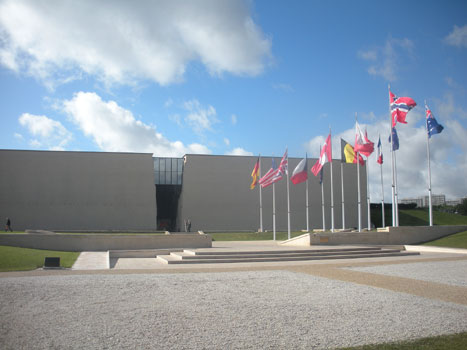
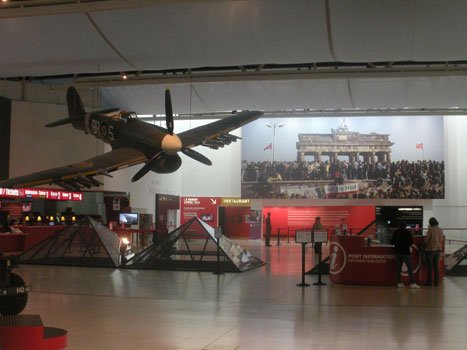
We then traveled to the Normandie coast to visit a number of the D-Day sites. The irony we experienced is that these sites are now lovely, quiet, peaceful places with people strolling and children playing - very different than they were on that fateful day back in 1944. But, as we walked on those beaches and visited the places where so many soldiers fought, we couldn't help but reflect on the horrific images of those same places we had seen in the museum and we shared the hope that such events would never happen again.
Click here to view the Flickr album of our visits to the D-Day sites.
The heart of the city of Caen was a place of fierce fighting and was heavily damaged in the summer of 1944. As the centre was rebuilt between 1945 and 1965, the city leaders utilized three philosophies:
The result we see today is an eclectic mixture of buildings that felt more pleasantly organic to us than the modern mono-design of Le Havre. We enjoyed the very people scale pedestrian areas, ....
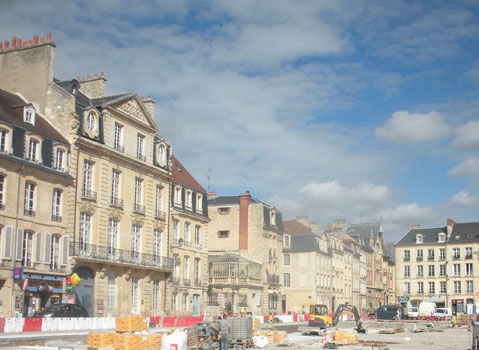
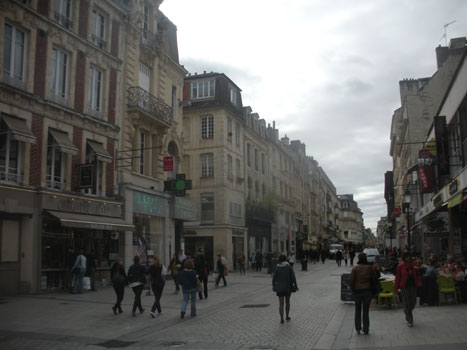
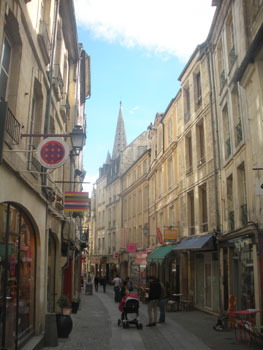
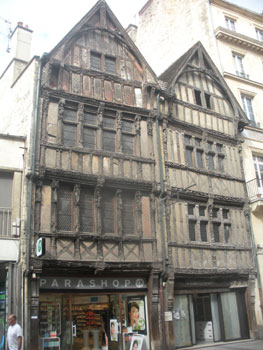
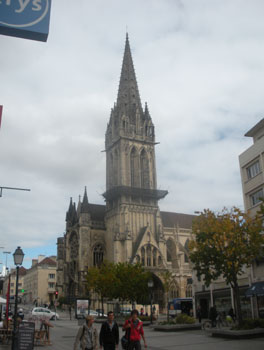
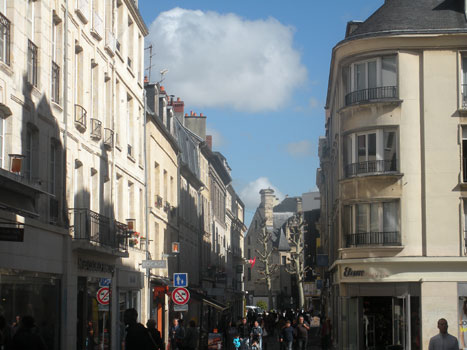
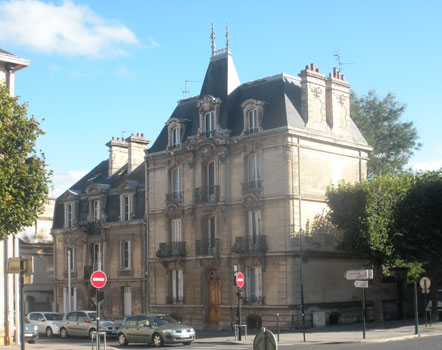
... the St. Pierre Church (left) and the church of St. Stephen (right)

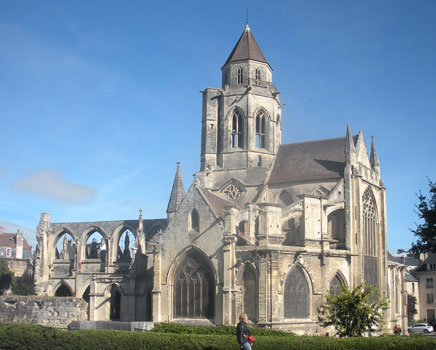
... Bassin St. Pierre, the former Port of Caen and now a marina mostly for pleasure boats
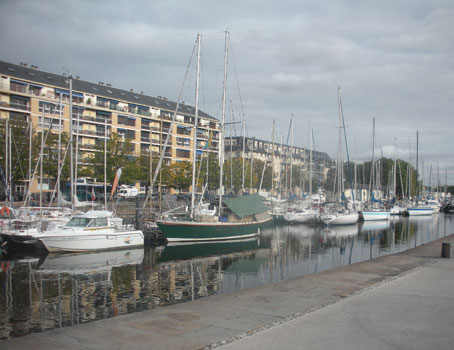
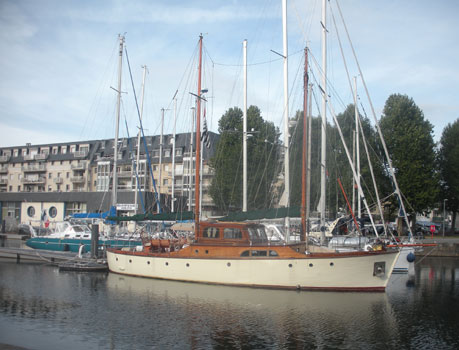
The city centre also offered us a window into the life and times of William the Conqueror, Guilliame le Conquerant. In the 11th century, William needed to assert his power more firmly in the western part of his empire and he selected Caen as the site for his great Chateau. Construction began in 1050.
During this time, he married Matilda of Flanders. In order to reinforce their marriage vows, and in exchange for the lifting of the papal interdict on their marriage, each founded an abbey, the Abbaye aux Hommes and the Abbaye aux Dames. These along with William's Chateau lend a powerful connection to the history of that long ago time.
Today, the Chateau towers over the downtown. We were continually riding or walking around the base of its towering walls.
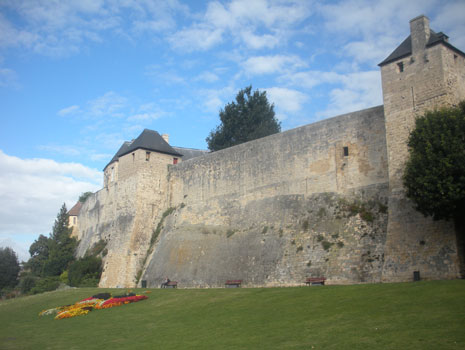
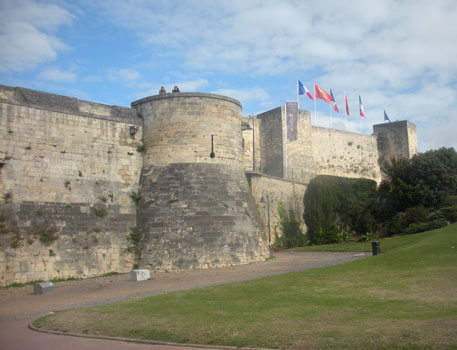
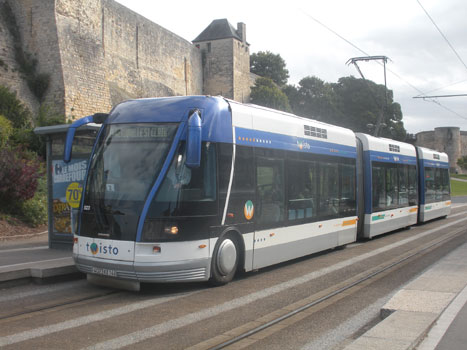
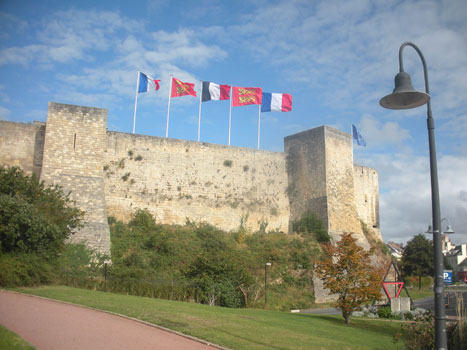
Visiting the Chateau required a climb up a steep pathway past the guard tower, across a bridge over the former moat. Walking through the great entry doors, we noted a poster depicting an overhead view of the Chateau complex, followed by a view of the interior grounds.
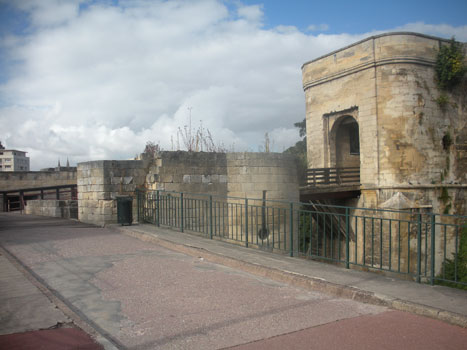
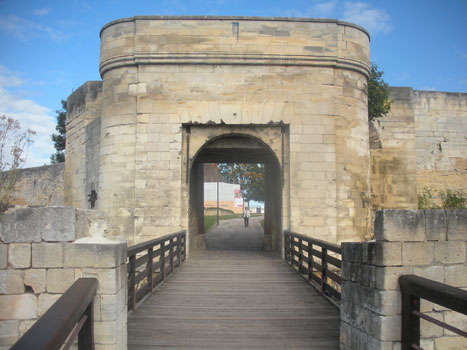
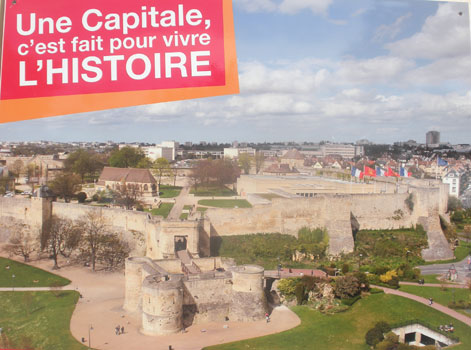
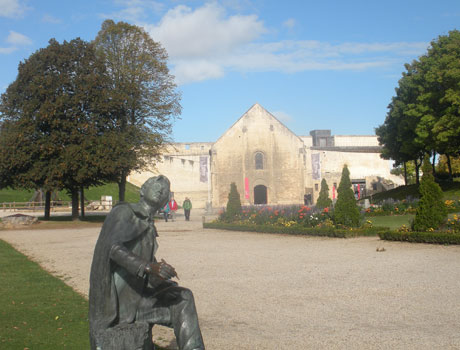
Inside the great walls of the Chateau, the old bailiff's offices and residence have become the Musee Normandie where we traveled through time from the prehistoric to the present (left below). Nearby is the new Musee Beaux Arts filled with pictures mostly by French artists (right below)
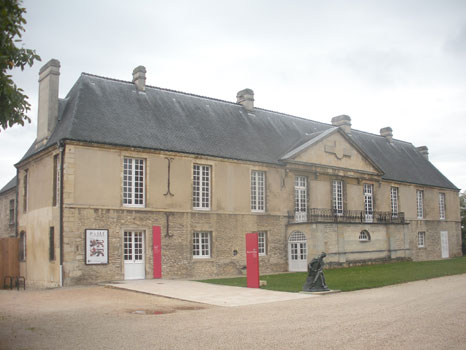
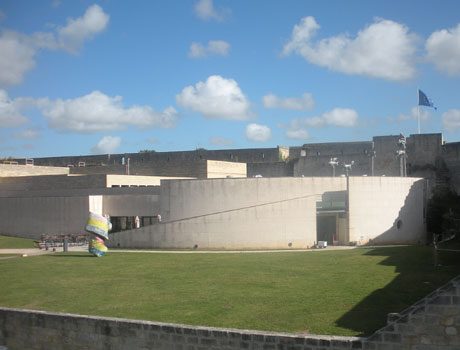
The Abbey aux Hommes grandly stands just west of the city centre. Inside the church, William rests in peace.
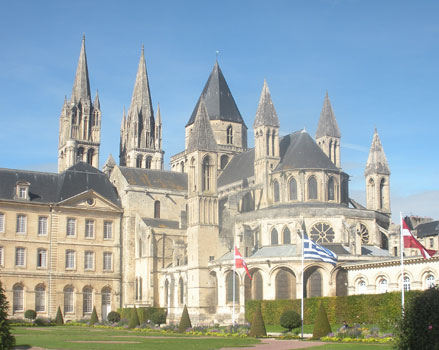
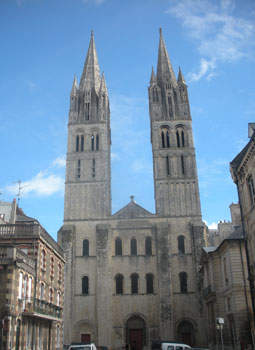
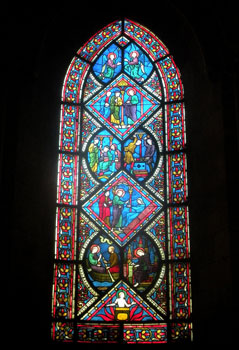
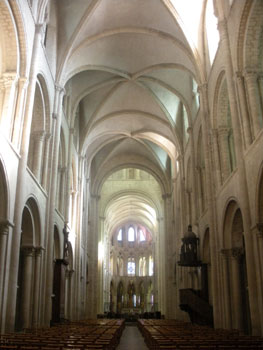
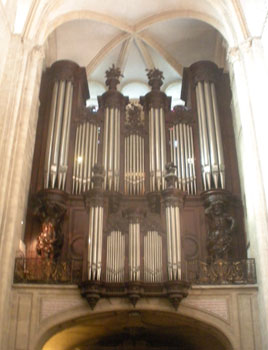
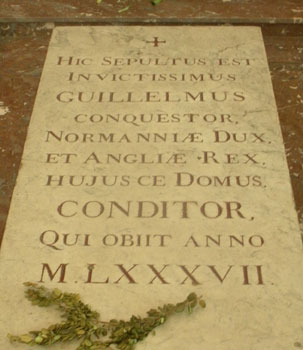
The former residence halls now serve as the Hotel de Ville
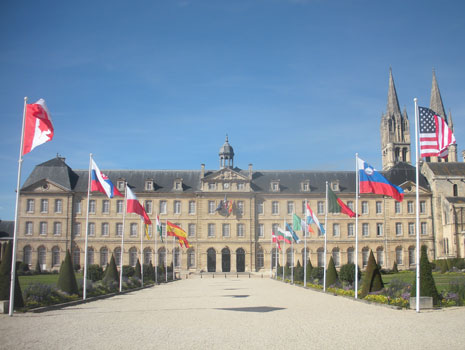
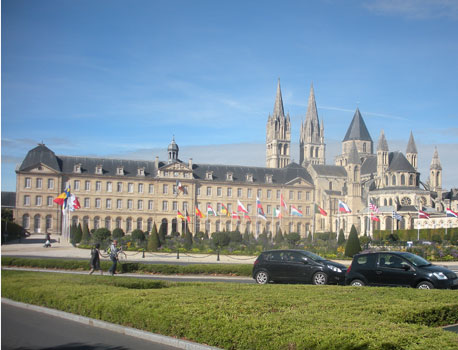
East of the city center, up on a hill, stands the Abbey aux Damas. Its grand church is now the resting place of William's wife Matilda
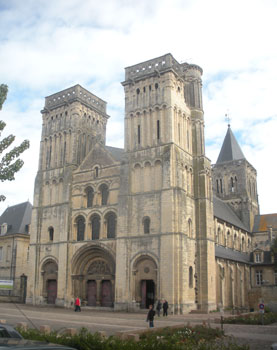
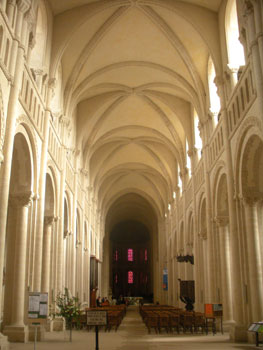
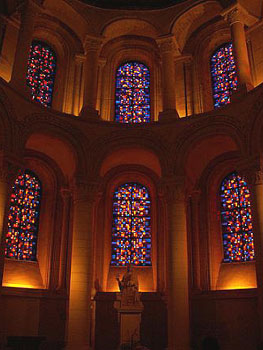
The adjacent former residence halls now house the Calvados Regional Government.
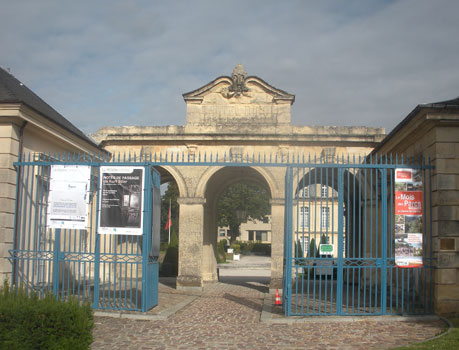
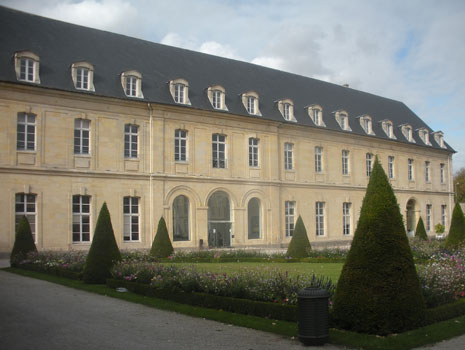
We were pleased to observe that new and important uses had been found for these solid and delightful buildings, that have so gracefully stood the test of time.
In modern times, the need to provide for a growing city resulted in the growth of new quarters and suburbs on the higher ground above the Chateau. A short tram ride north from the centre takes one from the city center up the hill through the campus of Caen University, and past a collection of contemporary buildings, large surface parking lots, and office buildings. There were also car oriented shopping malls that have become more prevalent in France. Our apartment was in this area but nearby tram and bus stops provided us easy access to the city centre and beyond.
Farther away we visited Herouville-St. Clair, a suburb where the offices of the European Union are located. While this edge development can be reached by tram and may be very functional, it was certainly not at all charming, in our view, and seemed to lack a vibrant urban life.
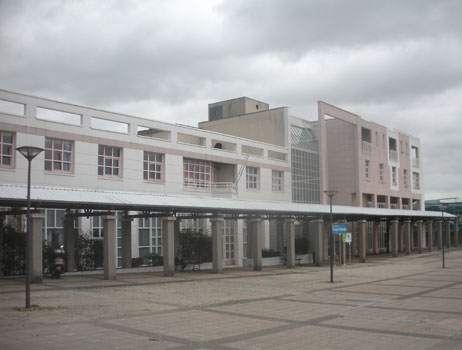
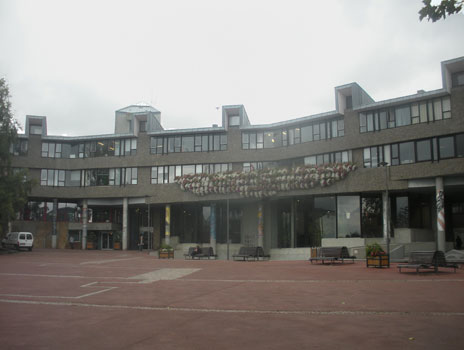
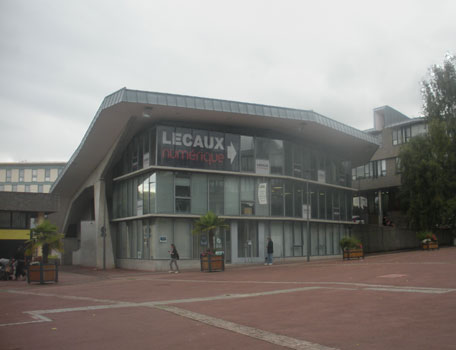
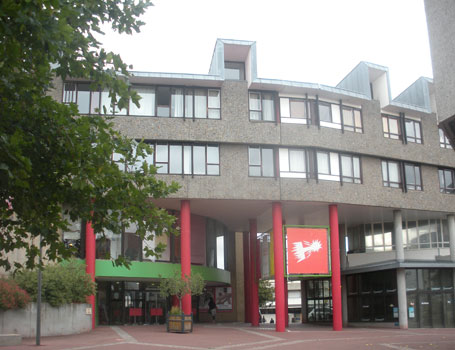
We must give credit to the City for providing mobility options for residents. The heart of the transit system was the two line tramway using trams running on rubber tires following a guidepath built into the road. Buses completed the transit system and enabled us to travel throughout the city. It was convenient and easy to for us to explore!
One troubling aspect of the city was its absence of natural world connections. During our explorations, we did not encounter a park or botanic garden. There were sports fields, the green grassy area surrounding the racecourse, and shady walkways along the river bassins, but a real green park was nowhere to be found.
Still, Caen offered a comfortable base of operations for our pilgrimages to the D-Day sites and the Caen Memorial was not to be missed!
Click here to return to our 'A Tale of Four Cities of France' page
Click here to return to our 'Fall 2012 - Encounters with Ike, Claude, William and Ernest' page
![]()